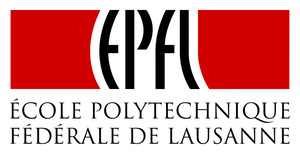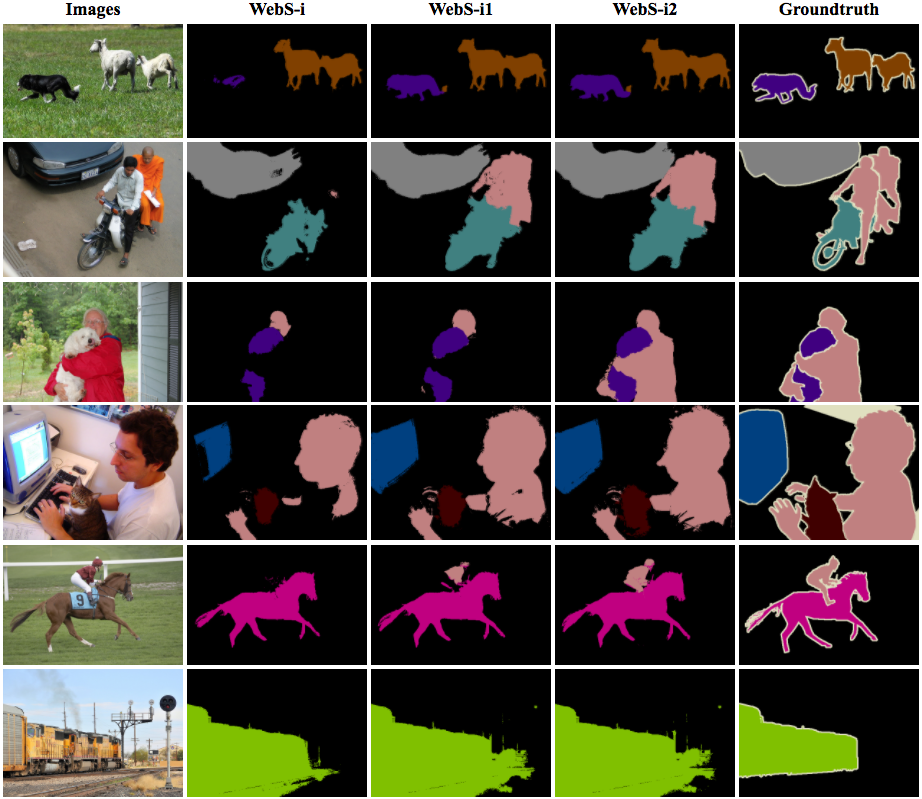

Webly Supervised Semantic Segmentation
Bin Jin1 Maria V. Ortiz Segovia2 Sabine Süsstrunk1
1Image and Visual Representation Lab
Ecole Polytechnique Fédérale de Lausanne
2 Océ, A Canon Company
Abstract
We propose a weakly supervised semantic segmentation algorithm that uses image tags for supervision. We ap- ply the tags in queries to collect three sets of web images, which encode the clean foregrounds, the common back- grounds, and realistic scenes of the classes. We introduce a novel three-stage training pipeline to progressively learn semantic segmentation models. We first train and refine a class-specific shallow neural network to obtain segmentation masks for each class. The shallow neural networks of all classes are then assembled into one deep convolutional neural network for end-to-end training and testing. Experiments show that our method notably outperforms previous state-of-the-art weakly supervised semantic segmentation approaches on the PASCAL VOC 2012 segmentation bench- mark. We further apply the class-specific shallow neural networks to object segmentation and obtain excellent results.
Results



Materials
[ Paper ] [ Poster ] [ The supplementary material ] [ Code ]Citation
Bin Jin, Maria V. Ortiz Segovia, Sabine Süsstrunk
Webly Supervised Semantic Segmentation
IEEE Conference on Computer Vision and Patten Recognition (CVPR), 2017.
@INPROCEEDINGS{7532767,
author={B. Jin and M. V. O. Segovia and S. Süsstrunk},
booktitle={2017 IEEE Conference on Computer Vision and Patten Recognition (CVPR)},
title={Webly Supervised Semantic Segmentation},
year={2017},}
Acknowledgements
The authors thank the anonymous reviewers for their useful comments and suggestions.
